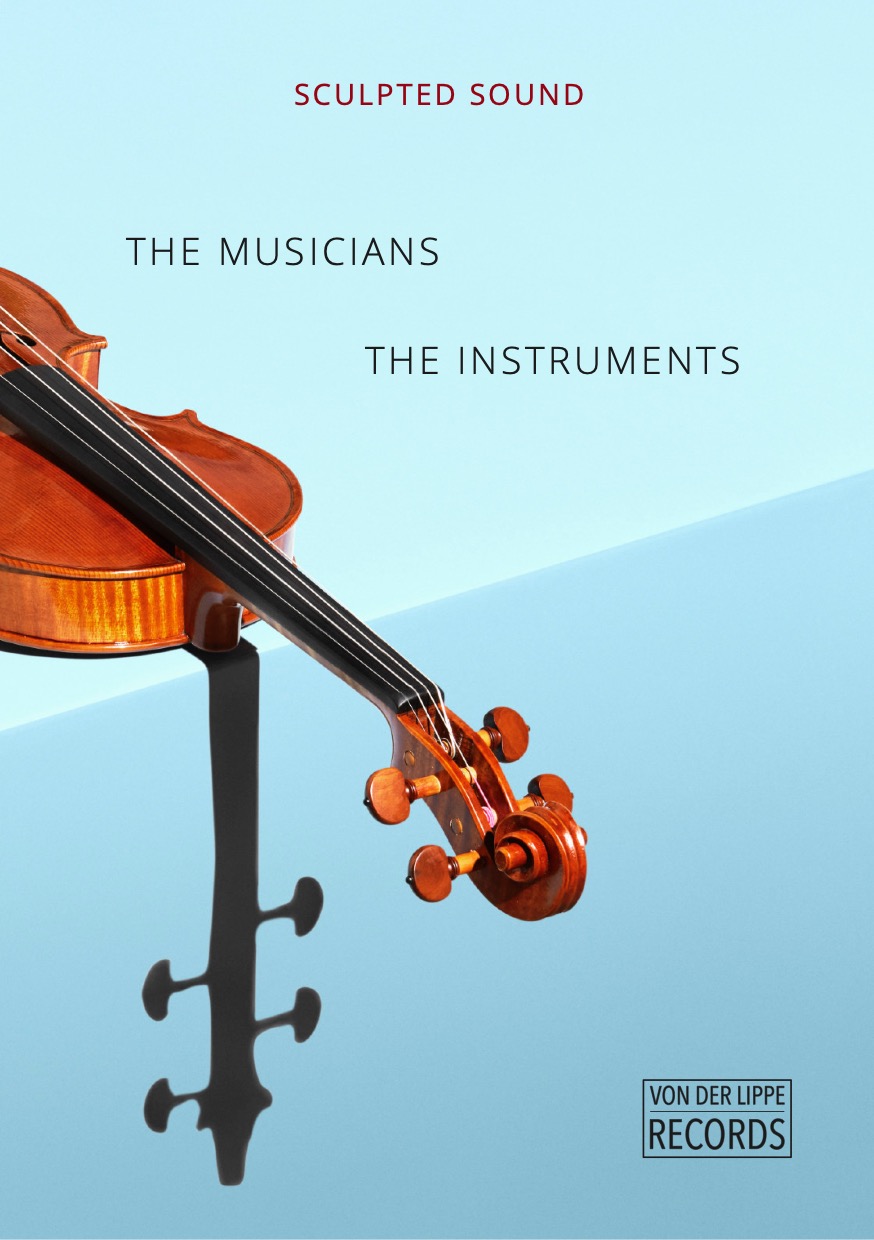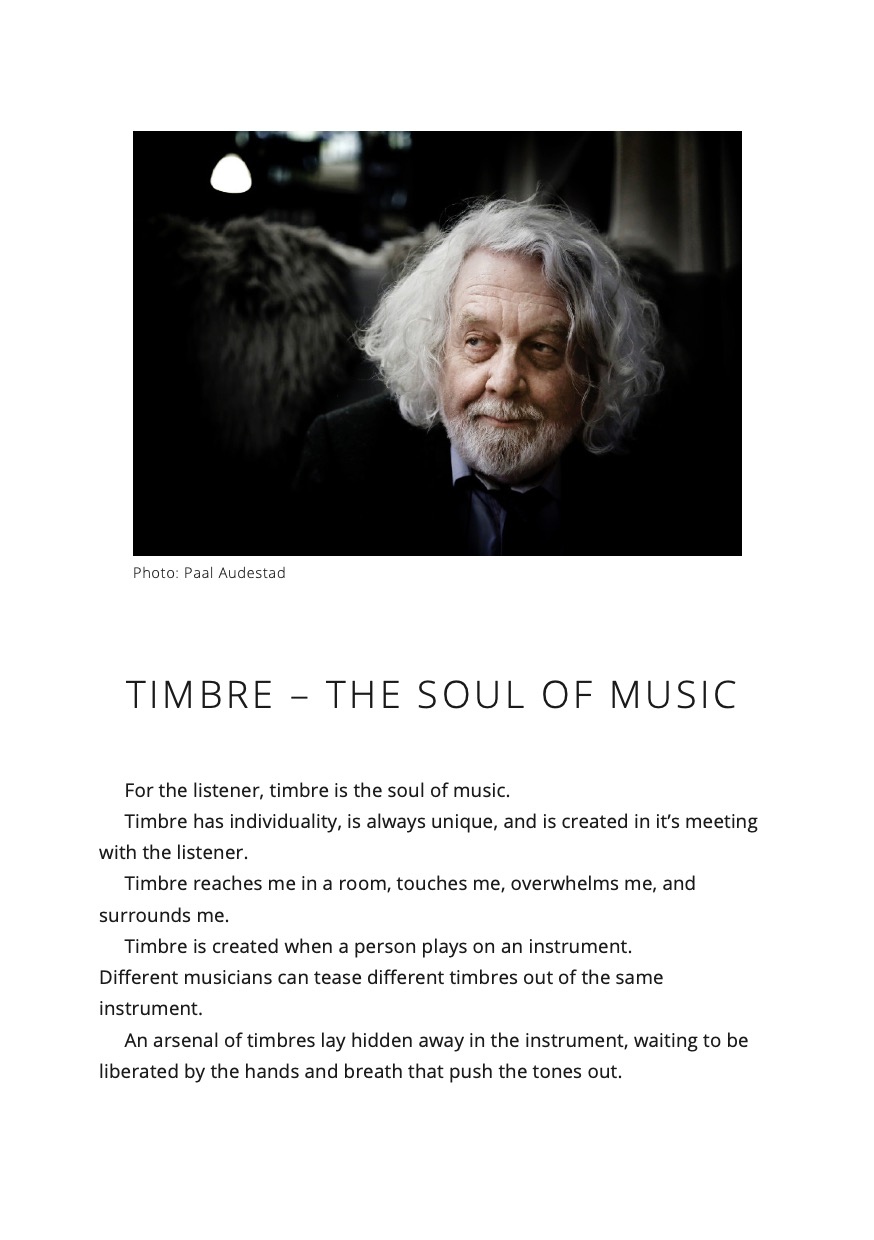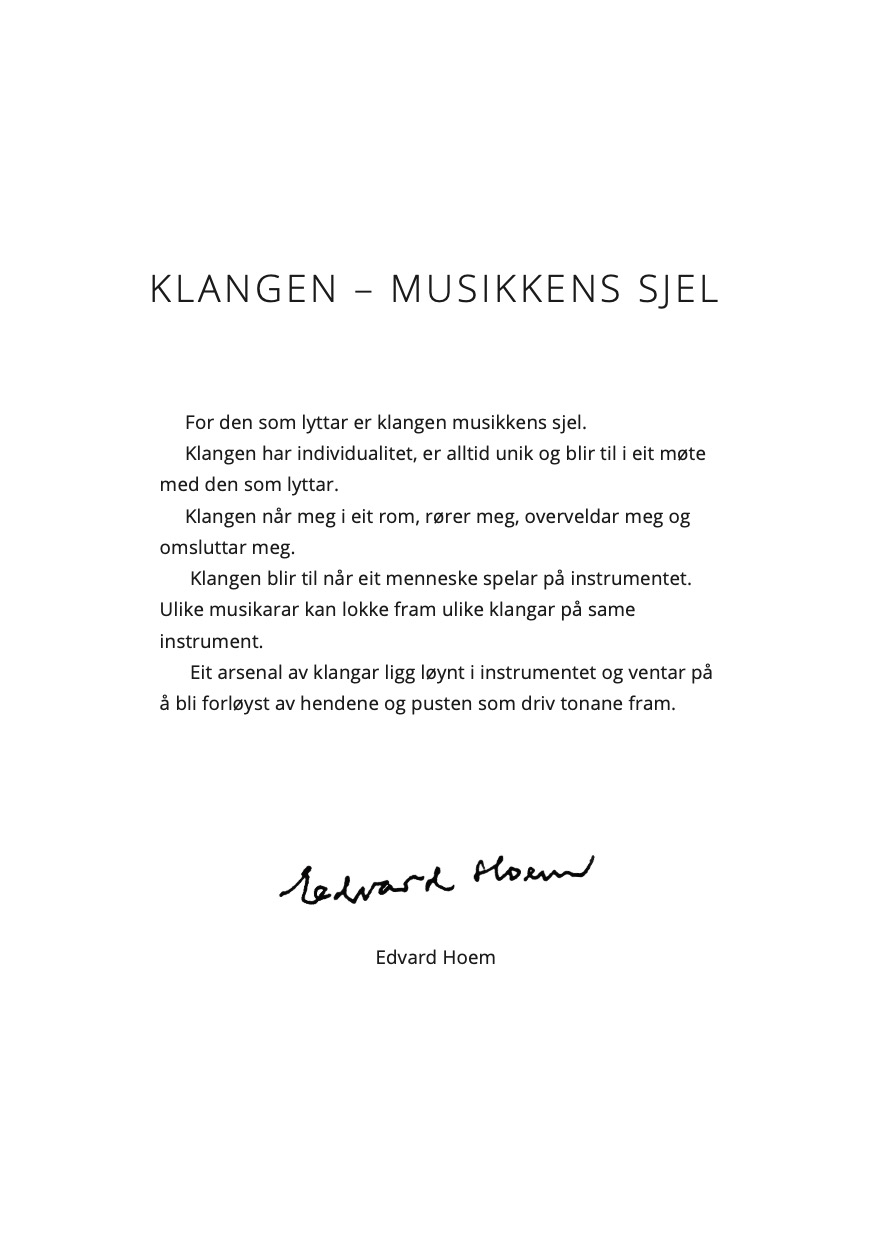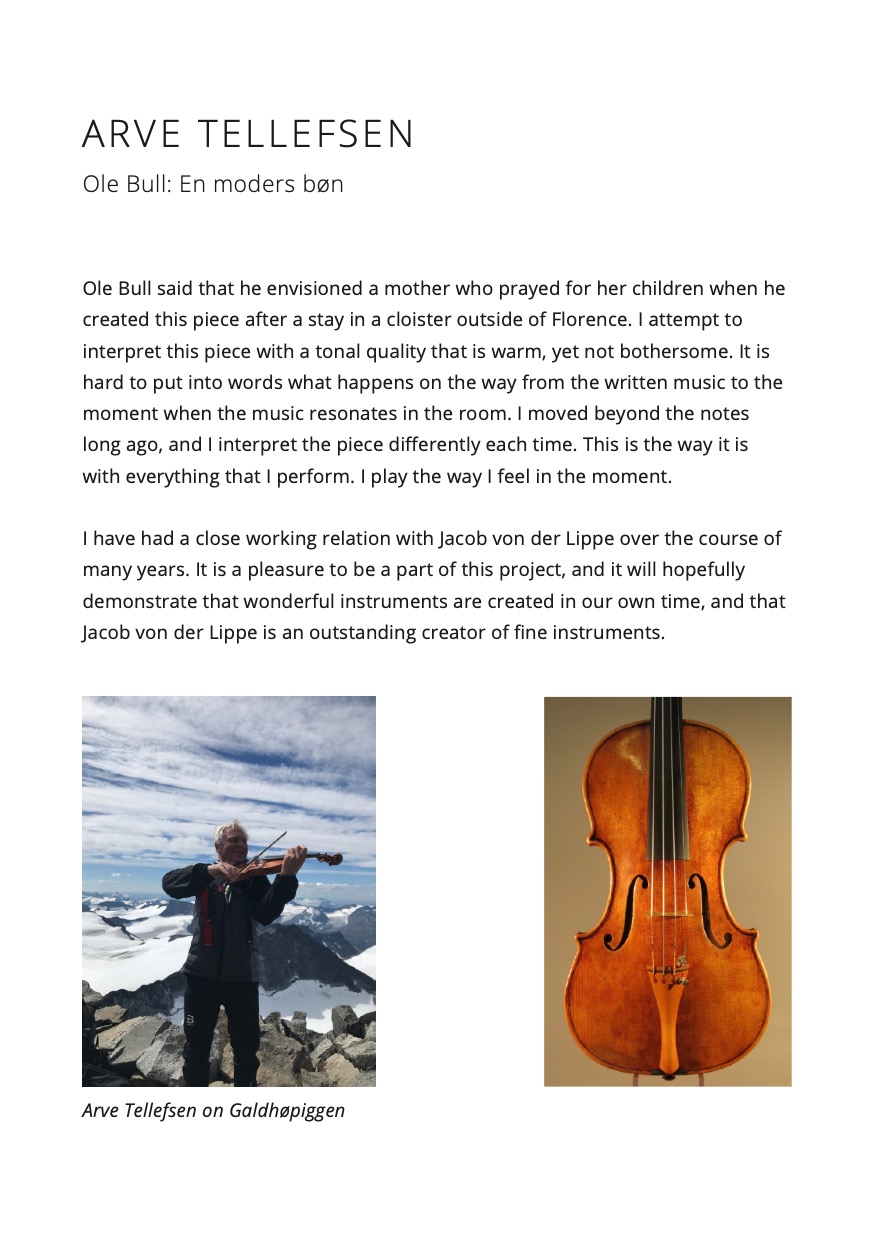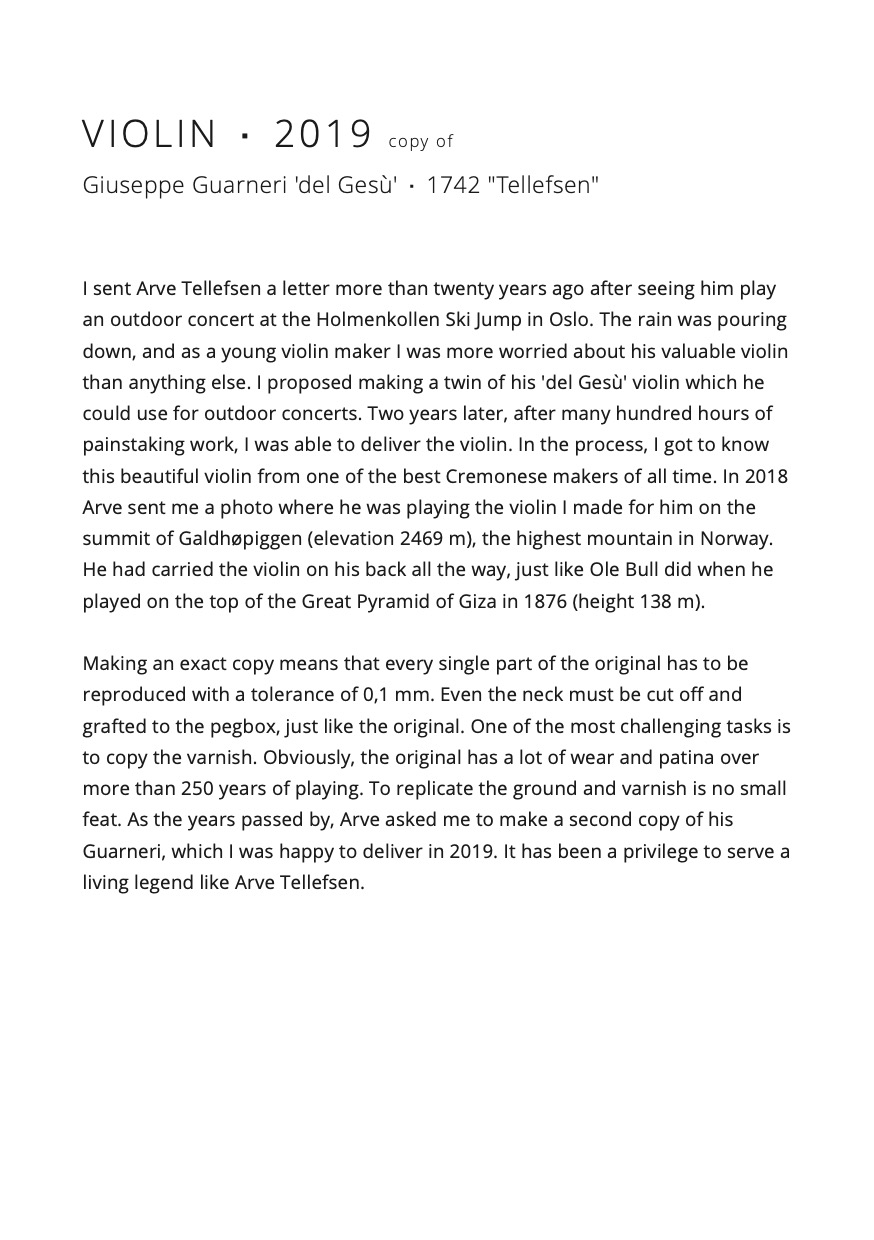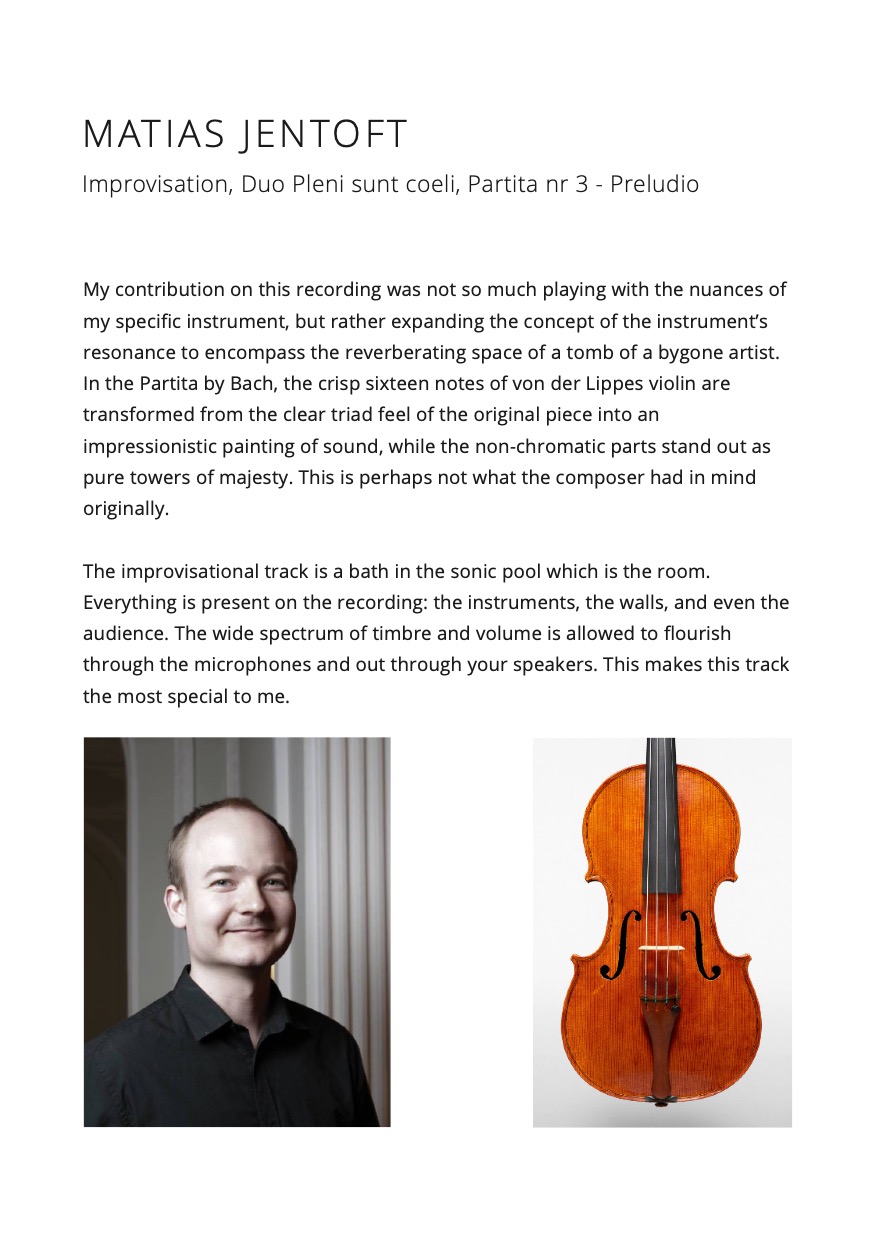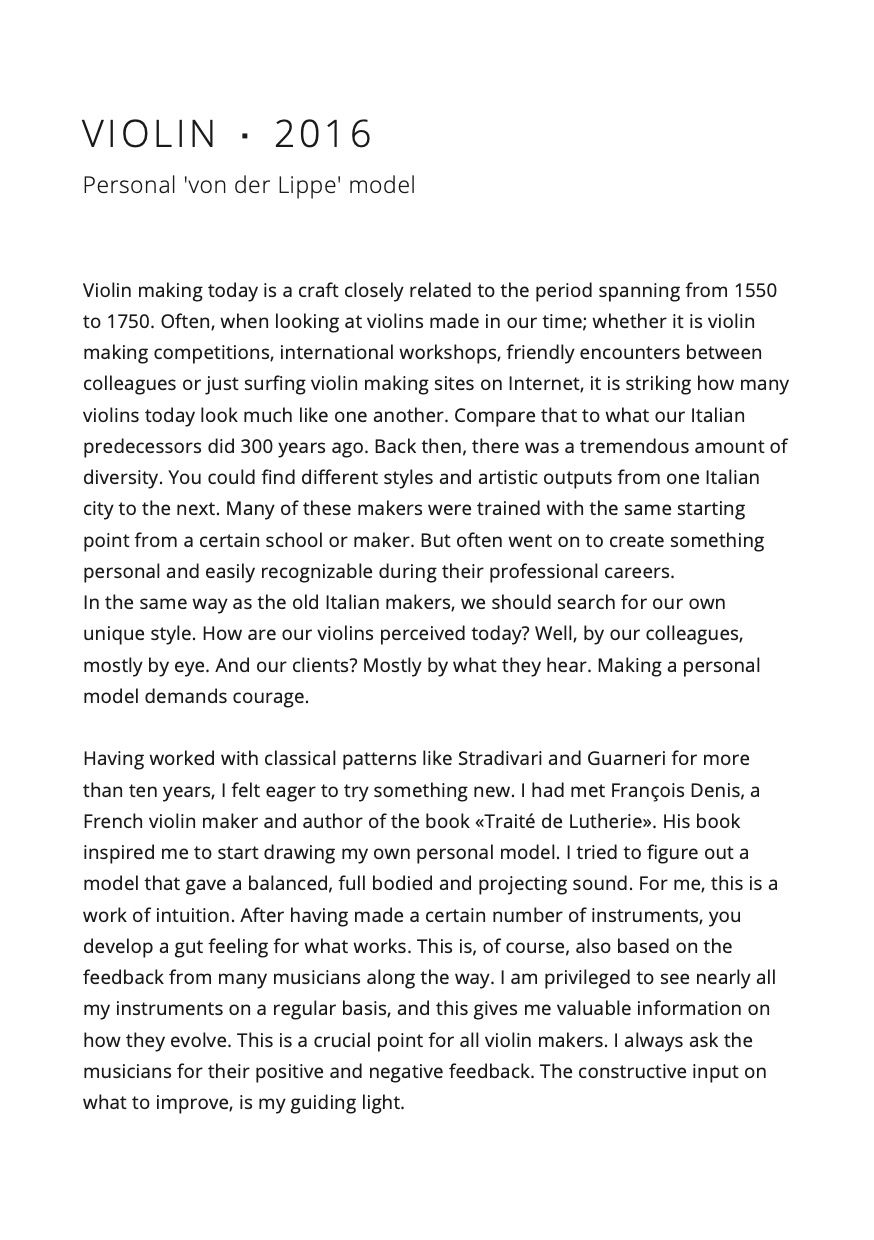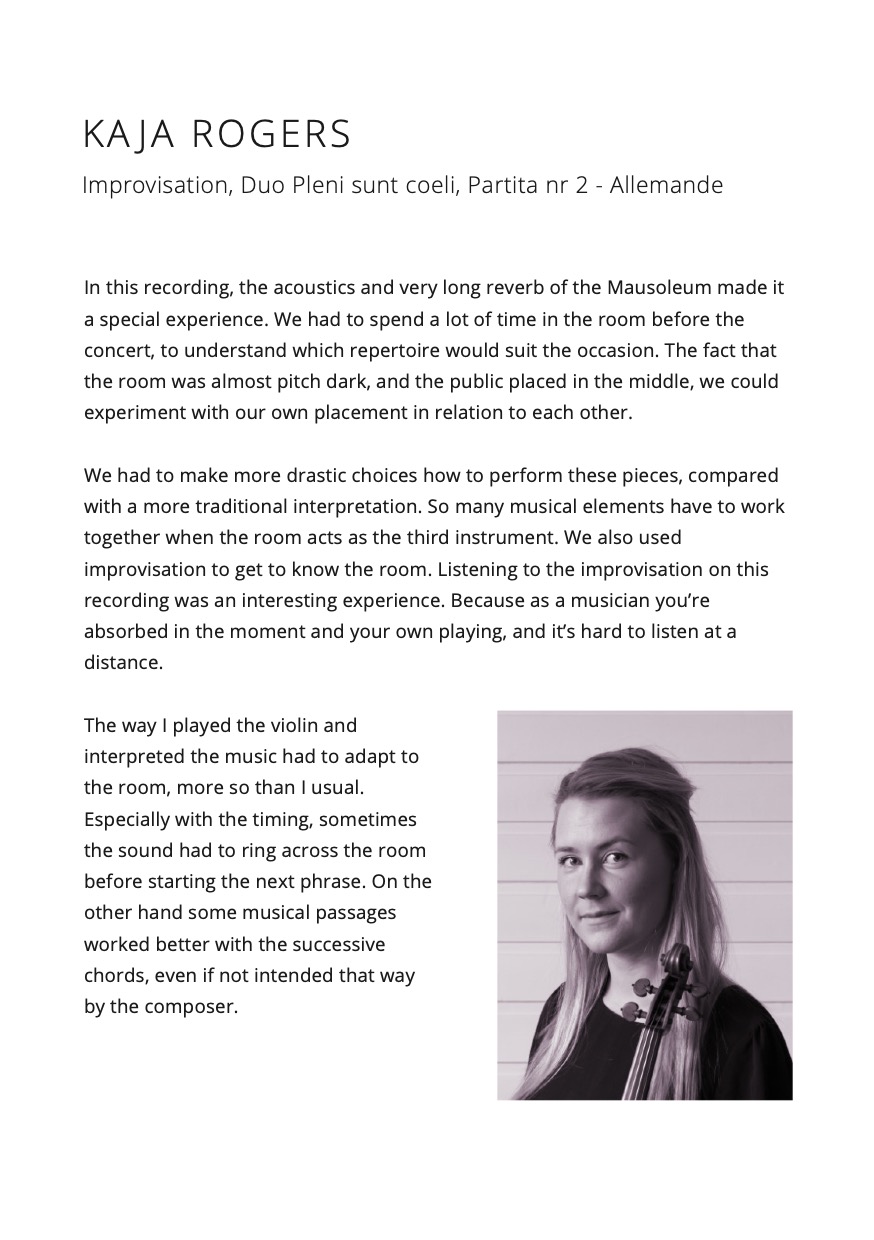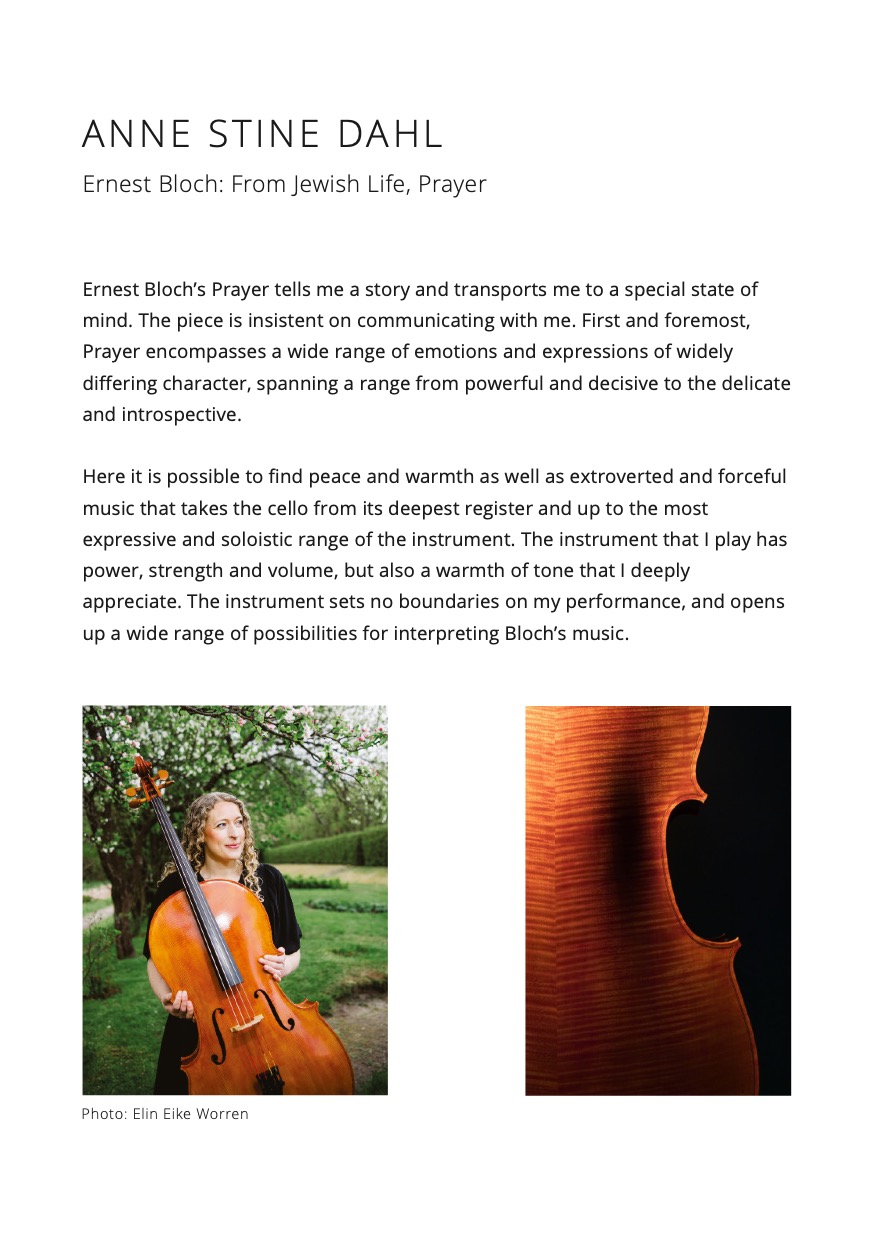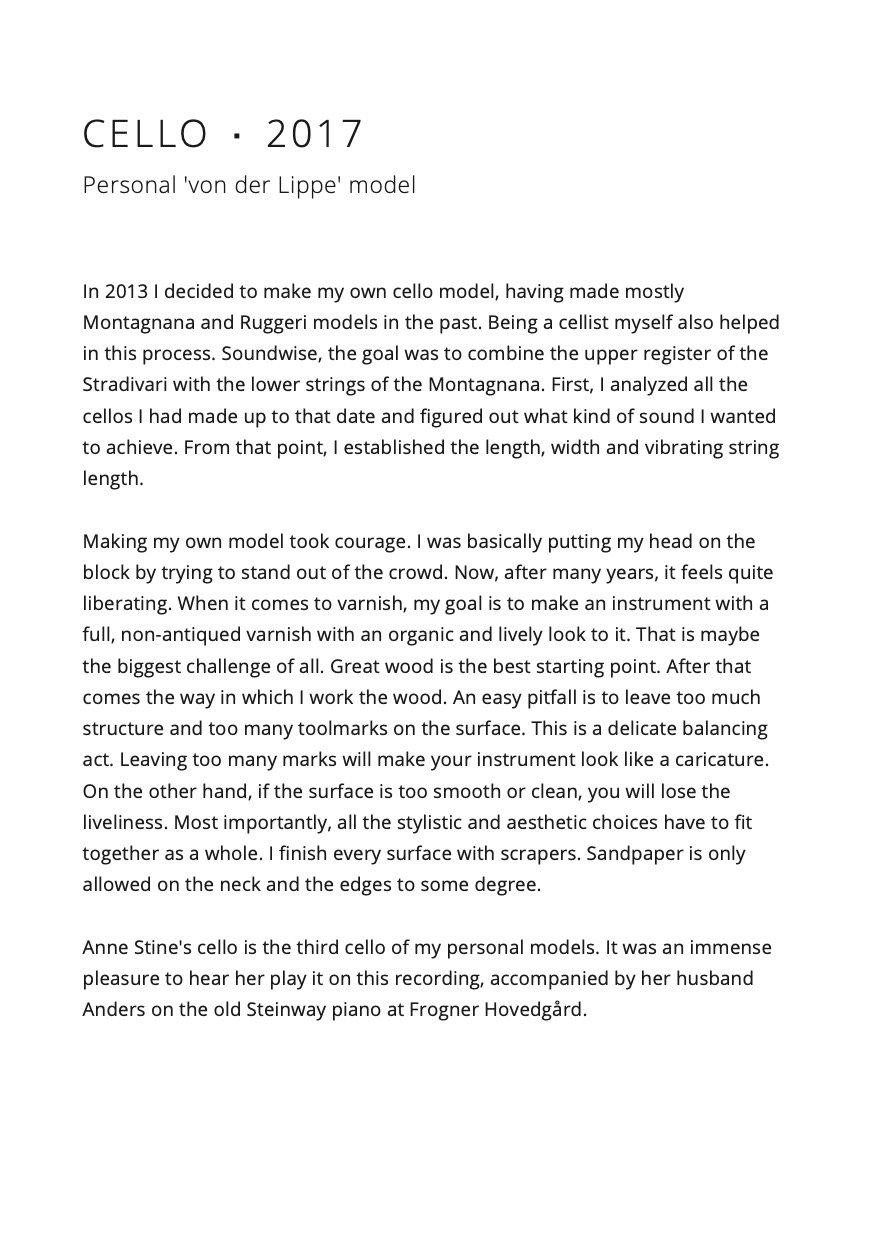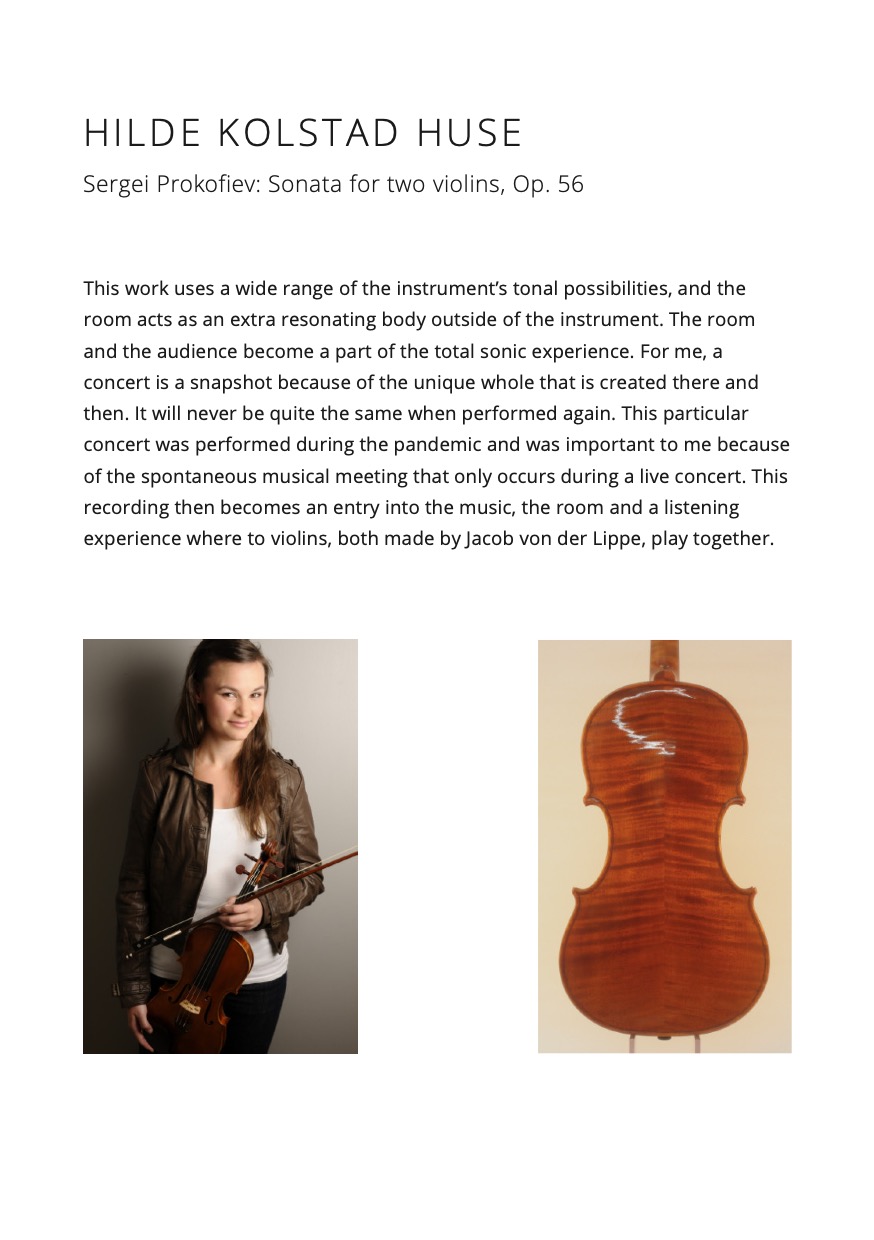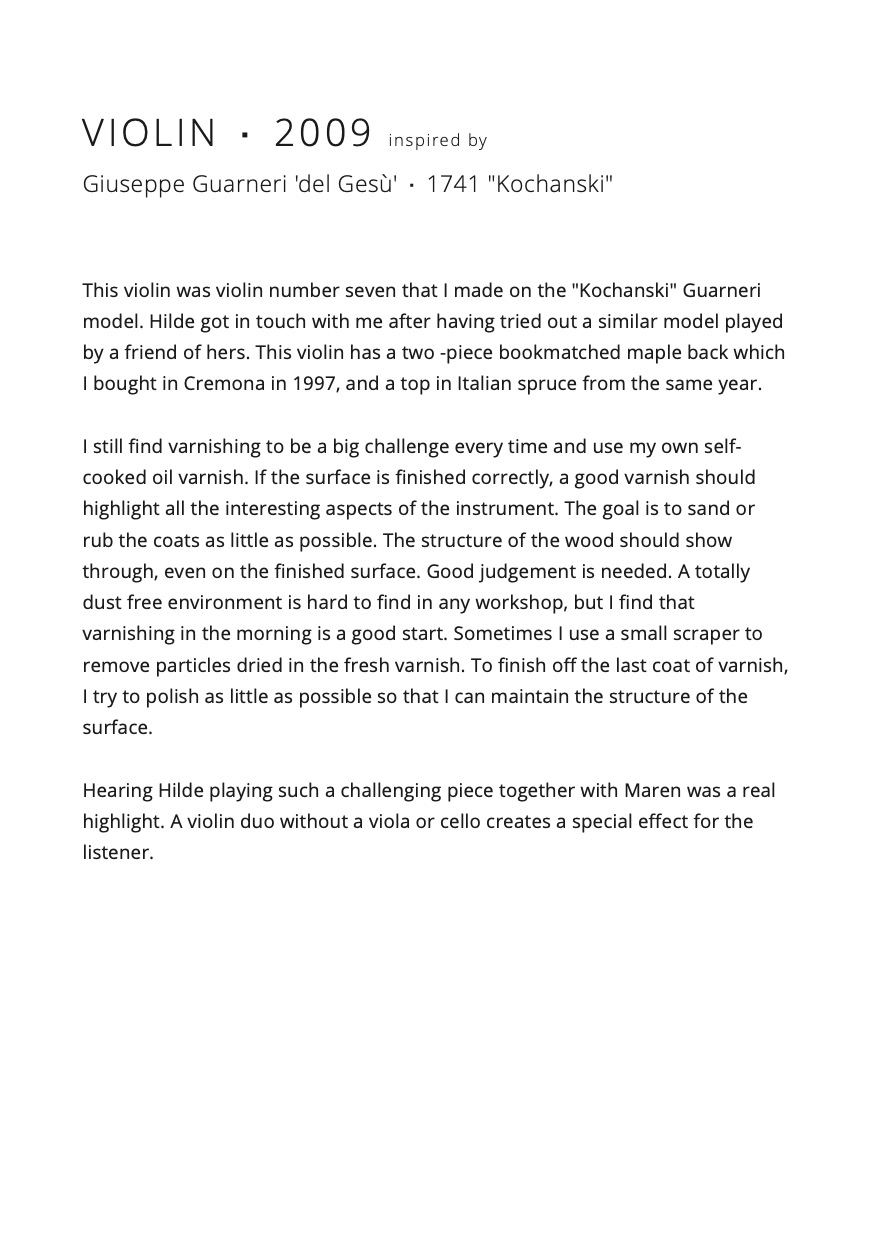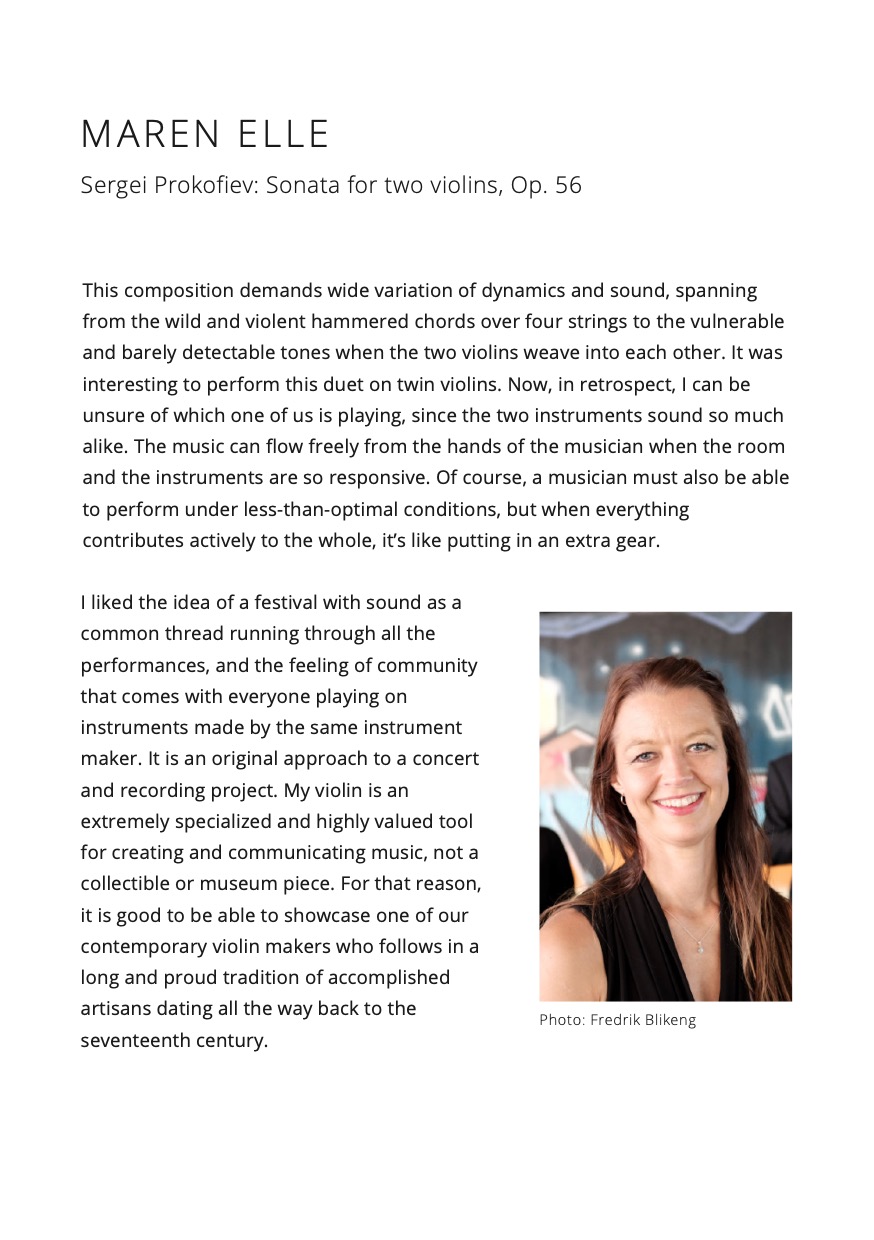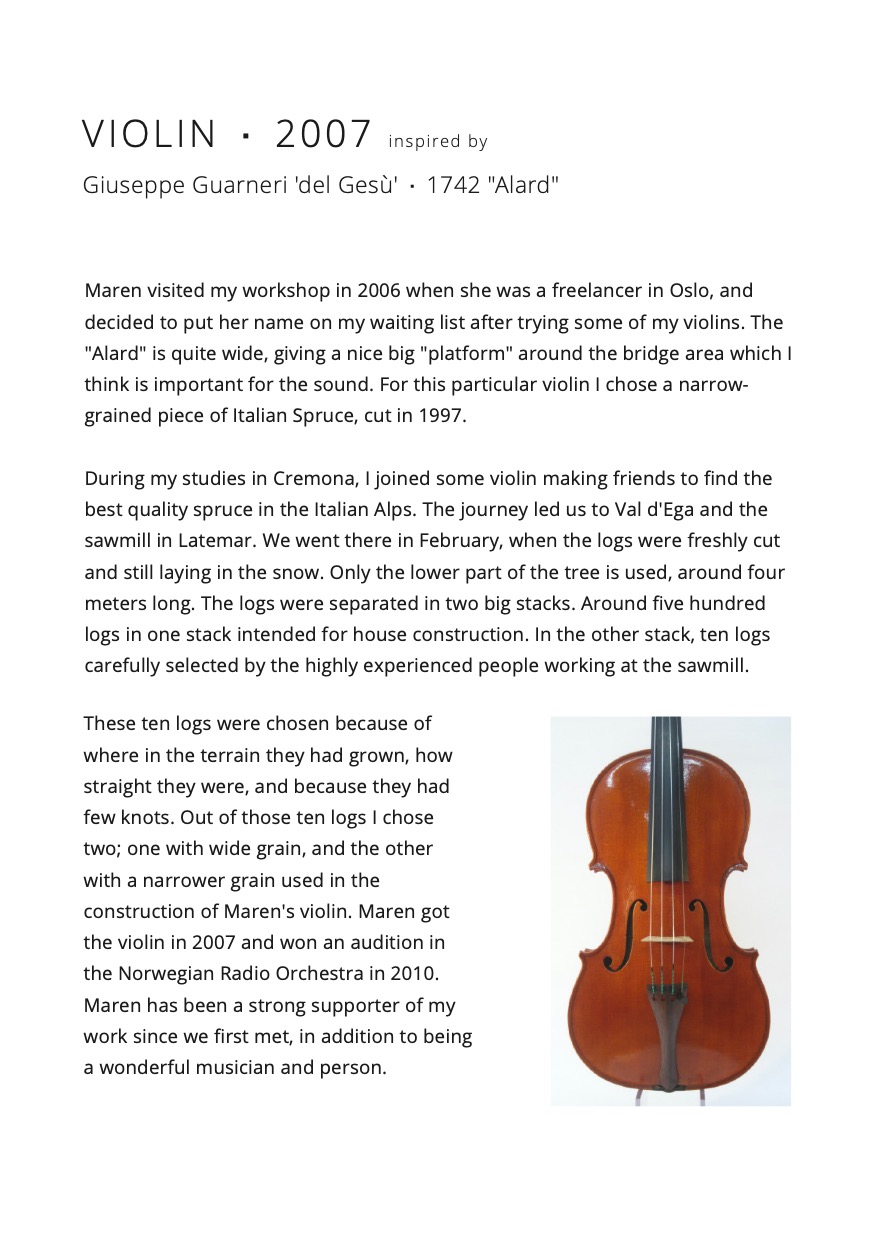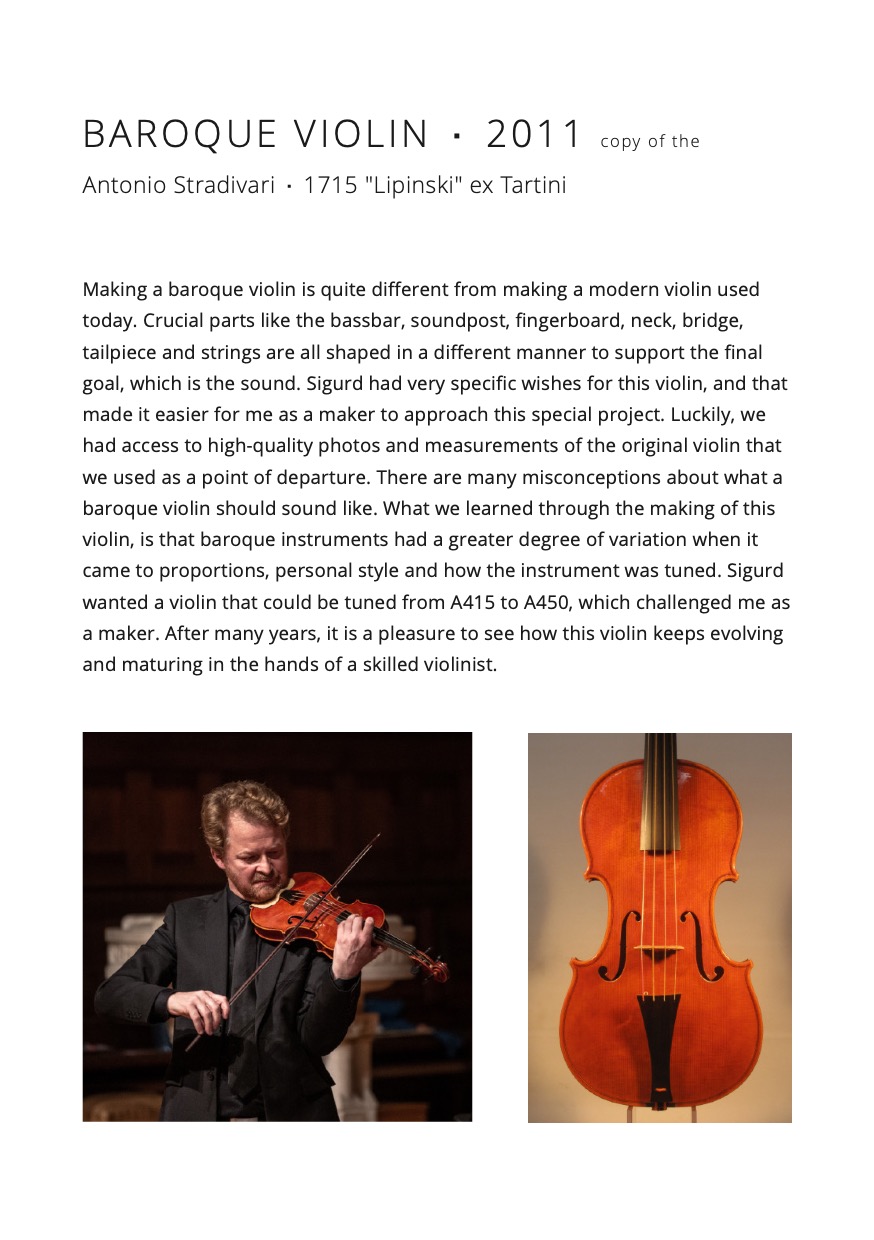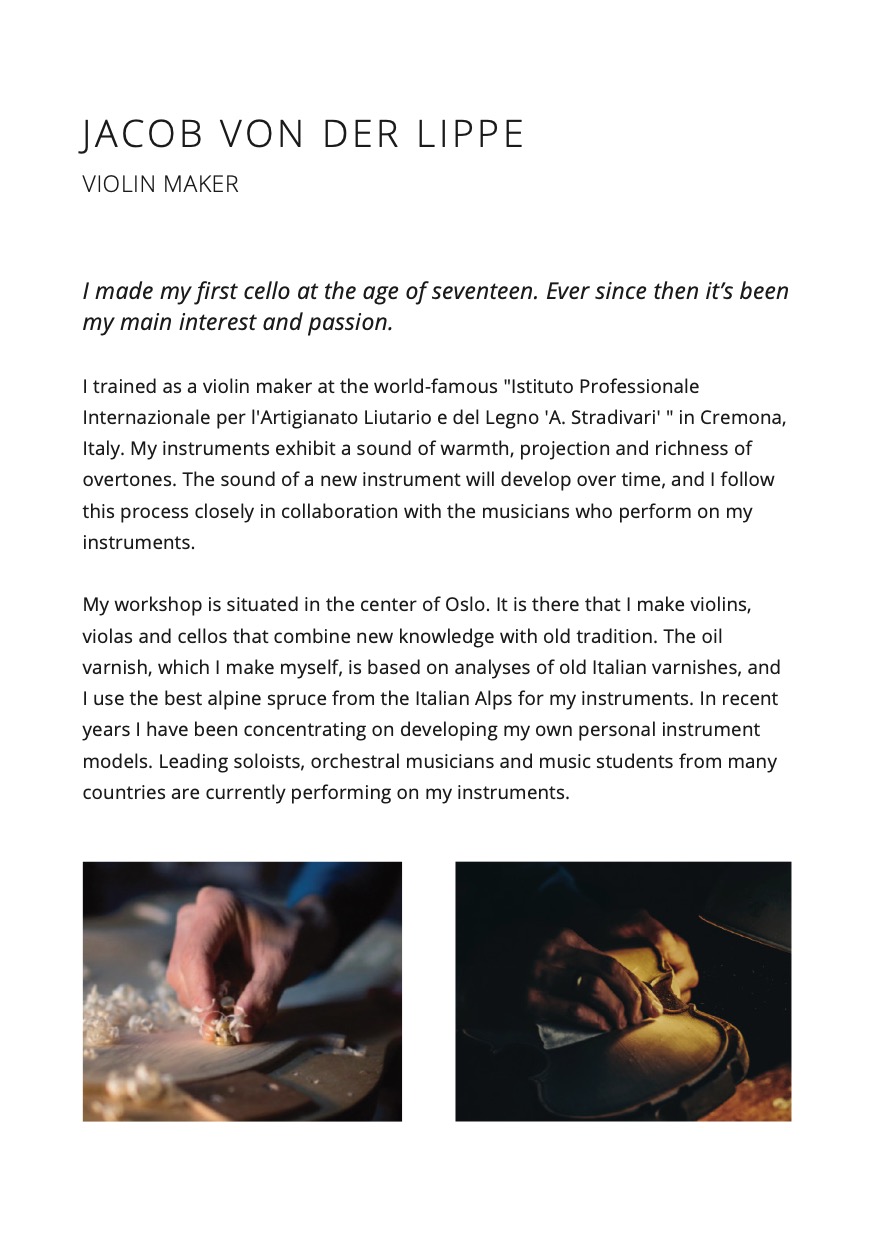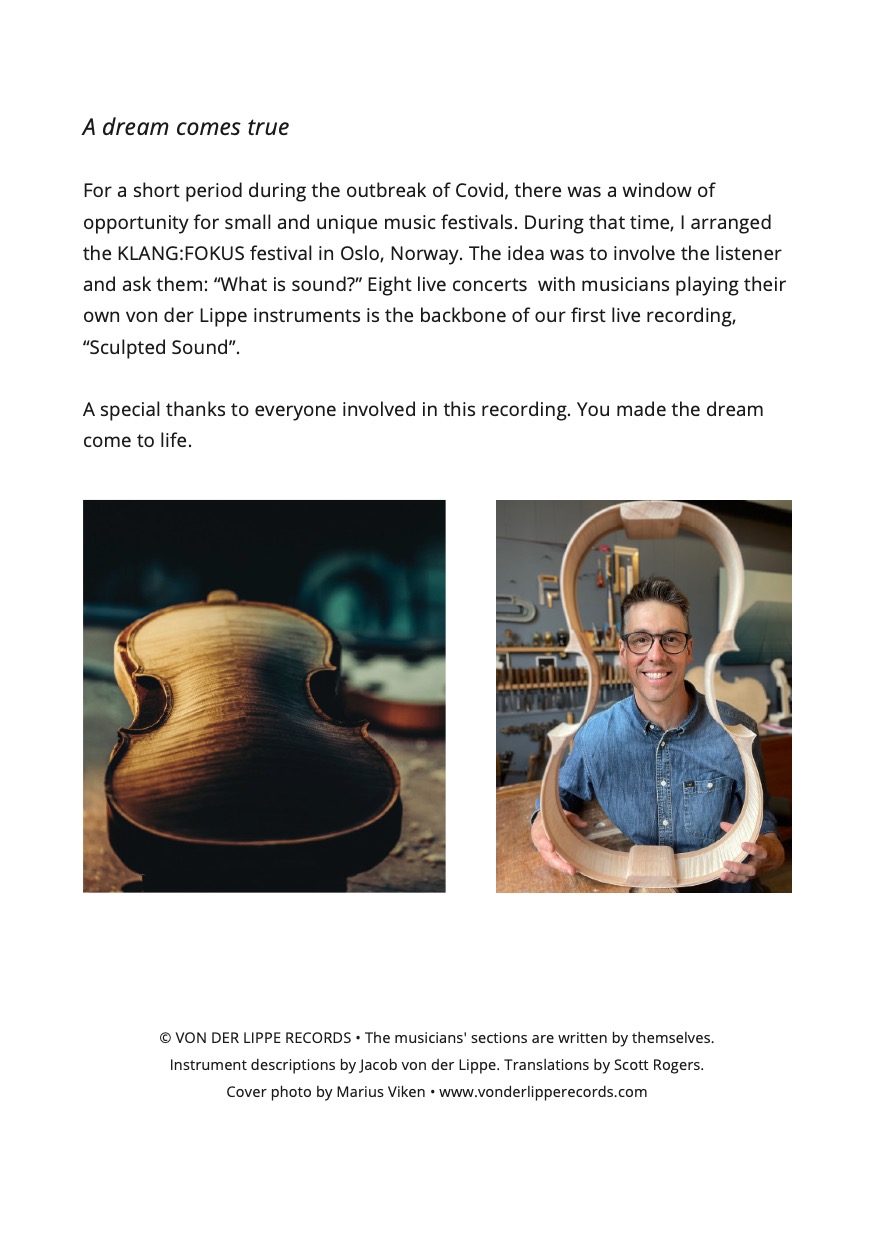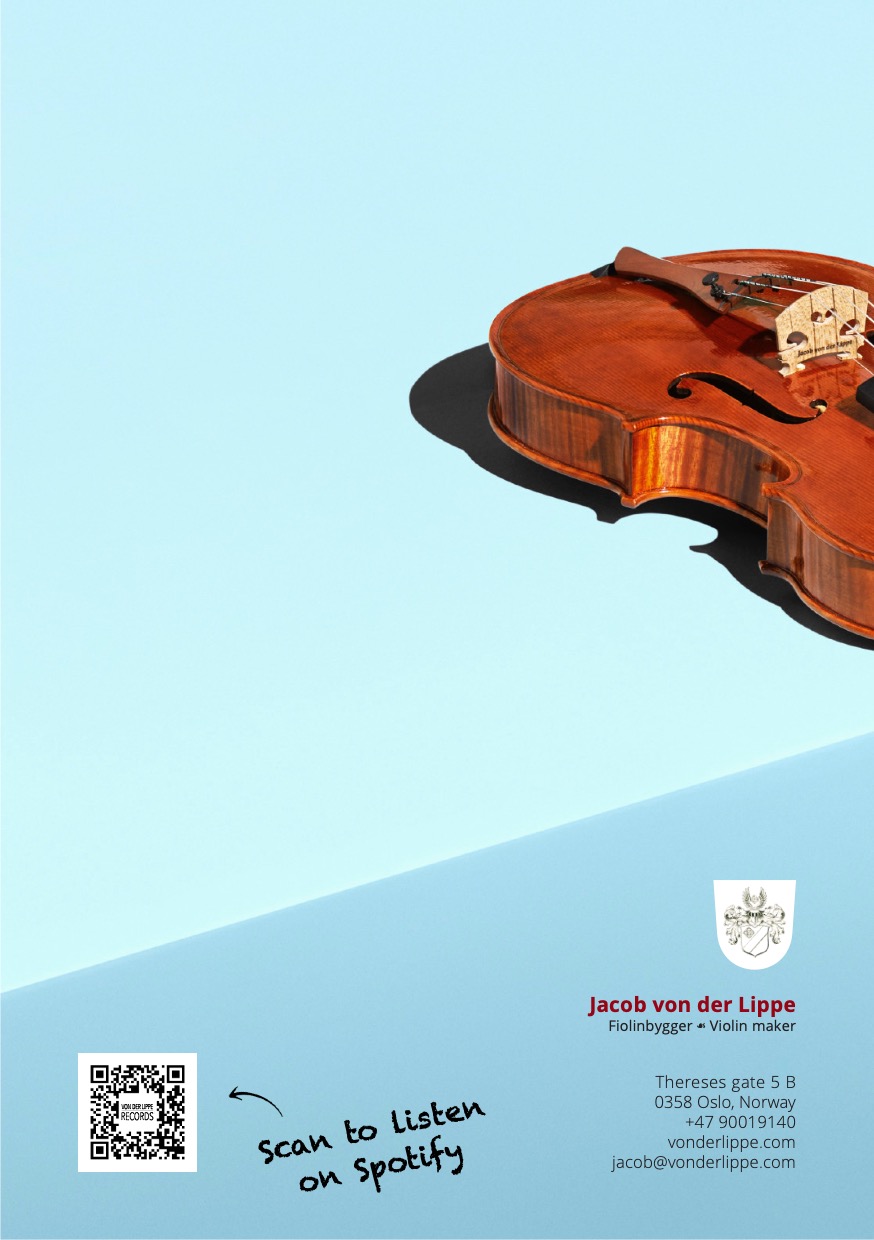The Booklet
READ OR DOWNLOAD
Enjoy the twenty page booklet below, or download it as a pdf by clicking here. Copyright von der Lippe Records 2022.
How about the development of one violin maker through a span of twenty years?
Through a series of concerts in spectacular venues around Oslo these questions were explored. The audience was invited for a truly special experience with musicians playing their own instruments made by violin maker Jacob von der Lippe, and we have attempted to capture that atmosphere here on this live recording.
Recorded in Tomba Emmanuelle – Emanuel Vigeland’s Museum, Frogner Hovedgård and Fagerborg kirke.
MEET THE MUSICIANS
HOW ARE THE PERFORMERS REFLECTING ON THIS RECORDING?
We asked the musicians to reflect in a few words, on the relationship between sound and the music they perform on this recording.
How do the instrument and the room transform the music from the notation to the resulting sound?
What did you want to contribute to this recording?
Read more below.
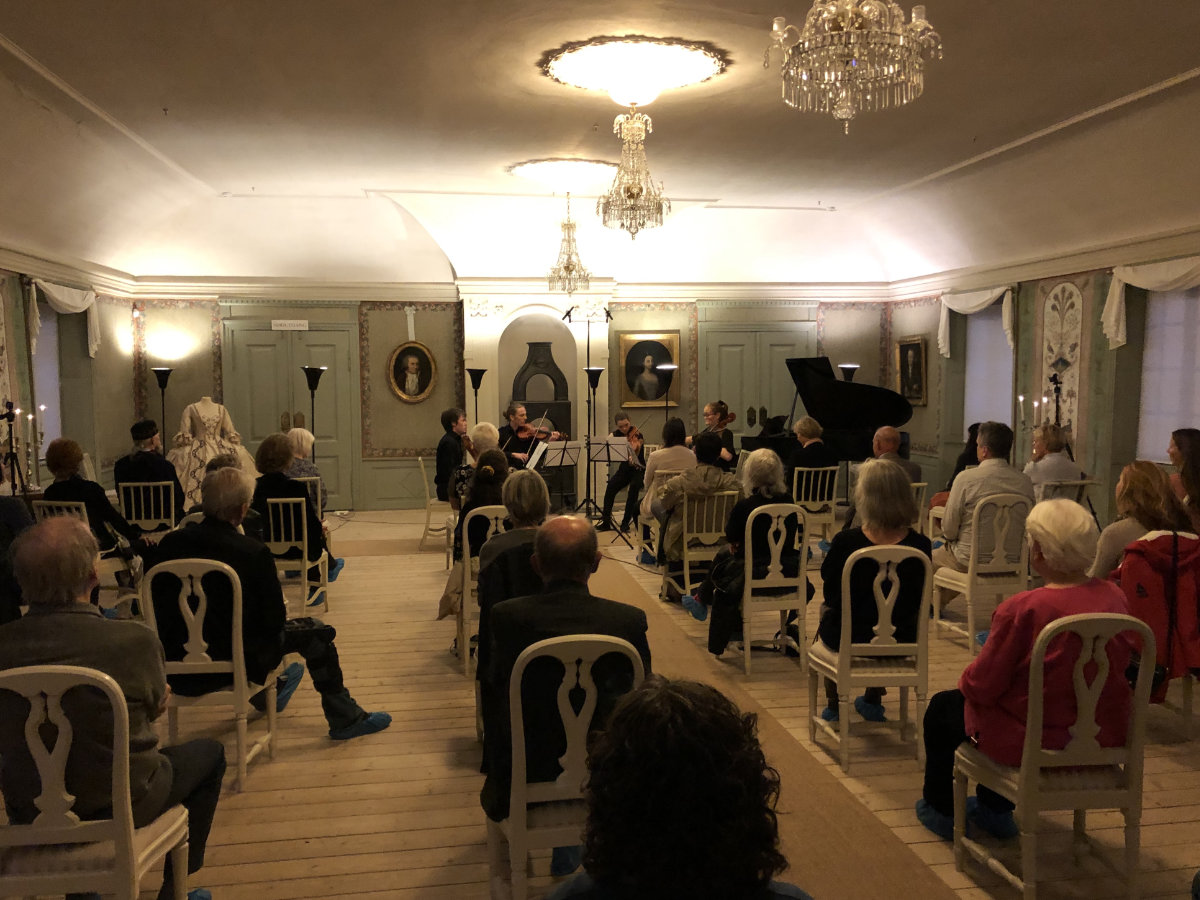
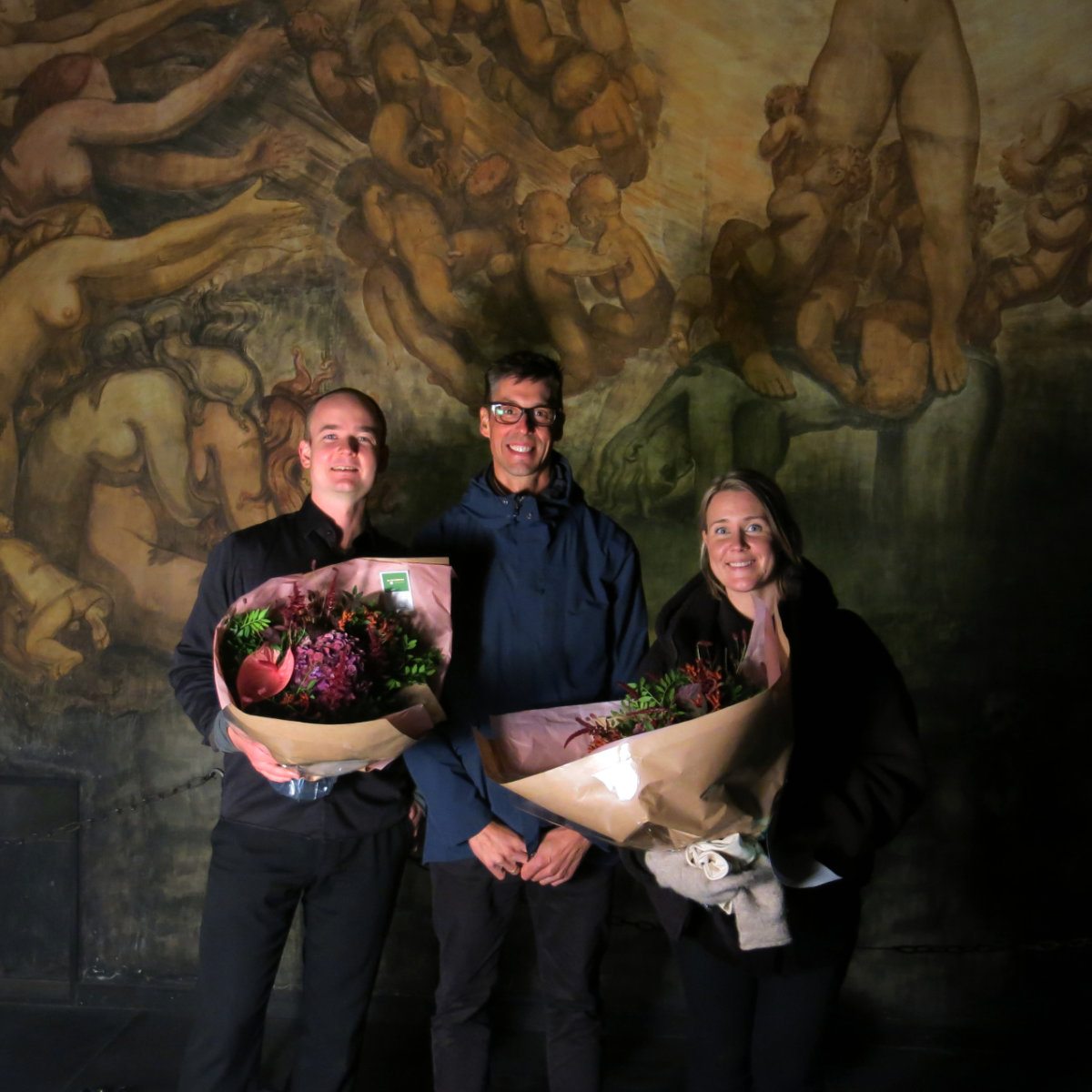
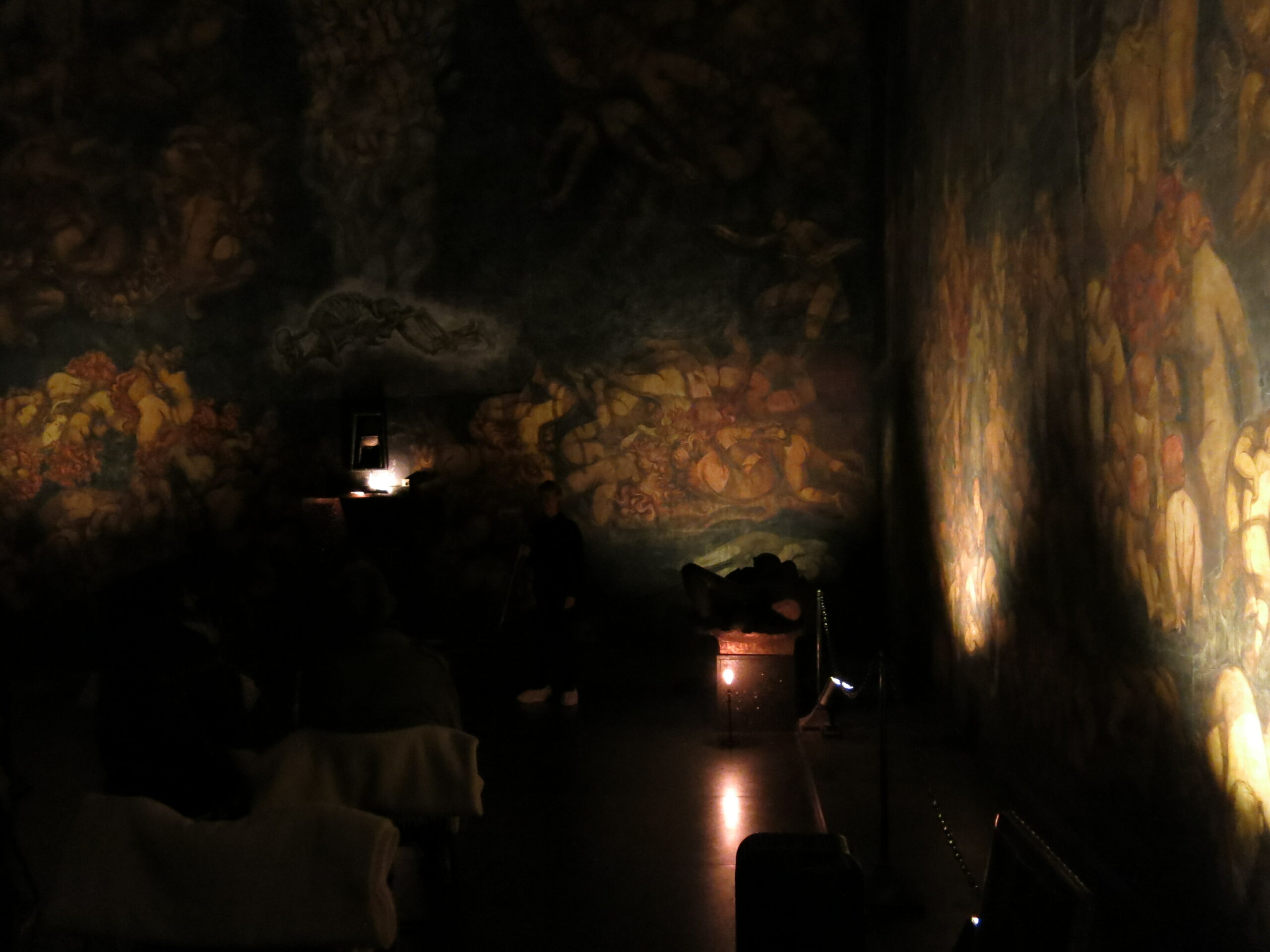
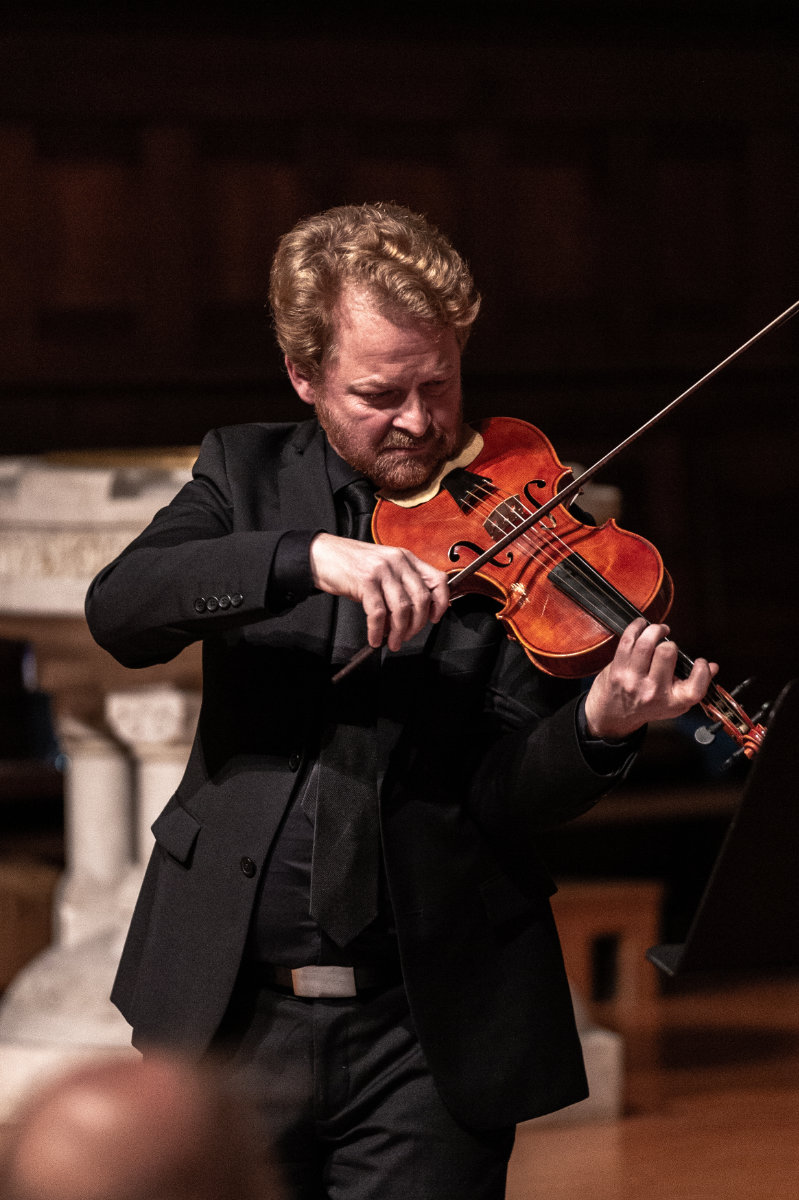
SIGURD IMSEN
BAROQUE VIOLINIST
AN UNIQUE VIOLIN
In this performance, I played the baroque violin I commissioned from Jacob in 2010. It has been my instrument of choice ever since. The instrument is closely modelled after the «Lipinski» Stradivarius which was played by Tartini throughout his lengthy career. Most likely from when it was new in 1715 until his death in 1769. Leaning upon contemporary accounts of Tartini’s preferred string gauges as well as common knowledge about Stradivari’s construction methods and measurements, Jacob has created a violin that both acoustically and idiomatically resembles the instrument Tartini used when performing his own music. This is a matter of great importance, since the idiomatic preconditions of the instrument affect the music – and the performer’s delivery – even more than we might realize. Hence, the instrument and its idiom are a conveyor of information about historical practice that cannot be ignored.
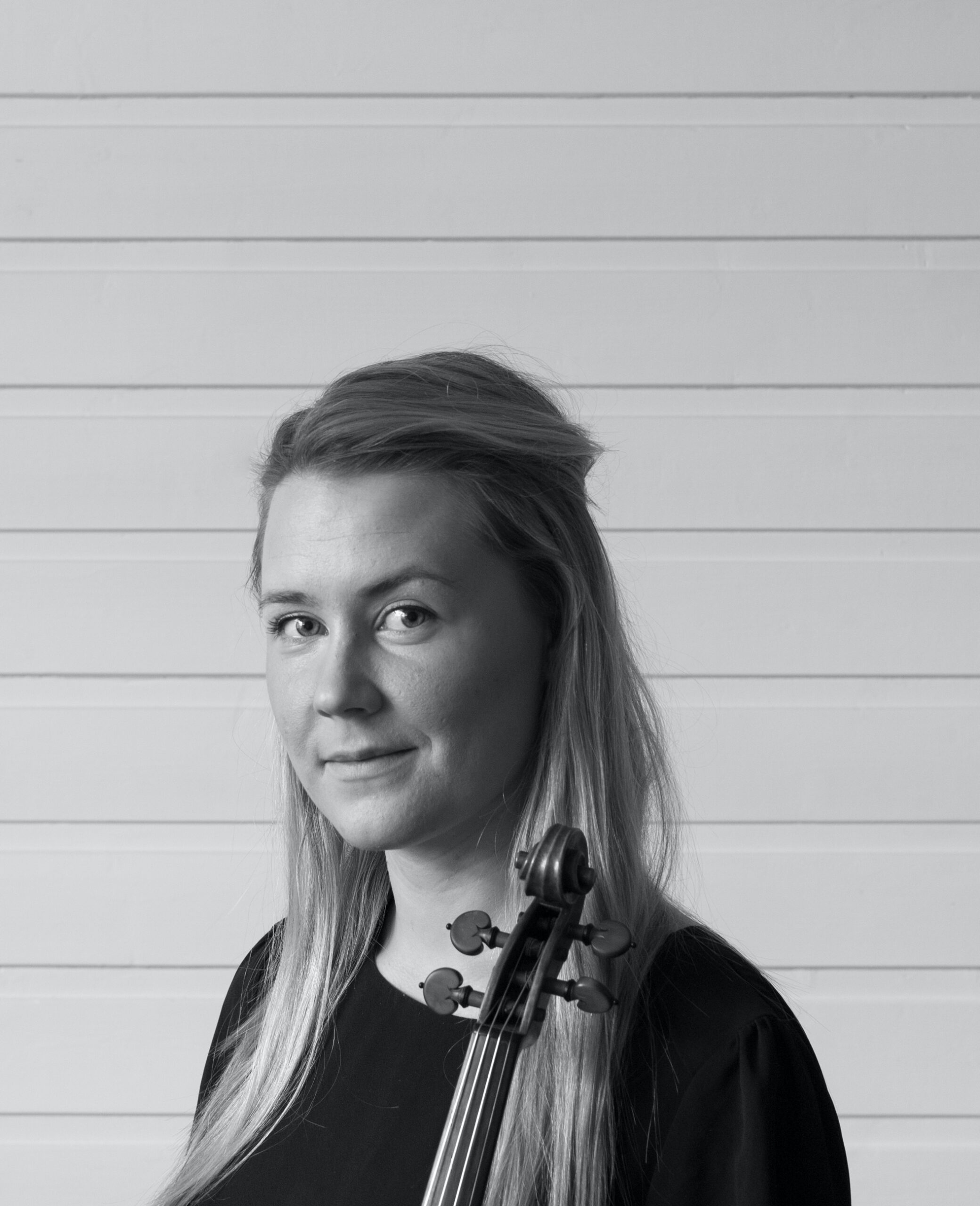
KAJA ROGERS
In this recording, the acoustics and very long reverb of the Mausoleum made it a special experience. We had to spend a lot of time in the room before the concert, to understand which repertoire would suit the occasion. The fact that the room was almost pitch dark, and the public placed in the middle, we could experiment with our own placement in relation to each other.
We had to make more drastic choices how to perform these pieces, compared with a more traditional interpretation. So many musical elements have to work together when the room acts as the third instrument. We also used improvisation to get to know the room. Listening to the improvisation on this recording was an interesting experience. Because as a musician you’re absorbed in the moment and your own playing, and it’s hard to listen at a distance.
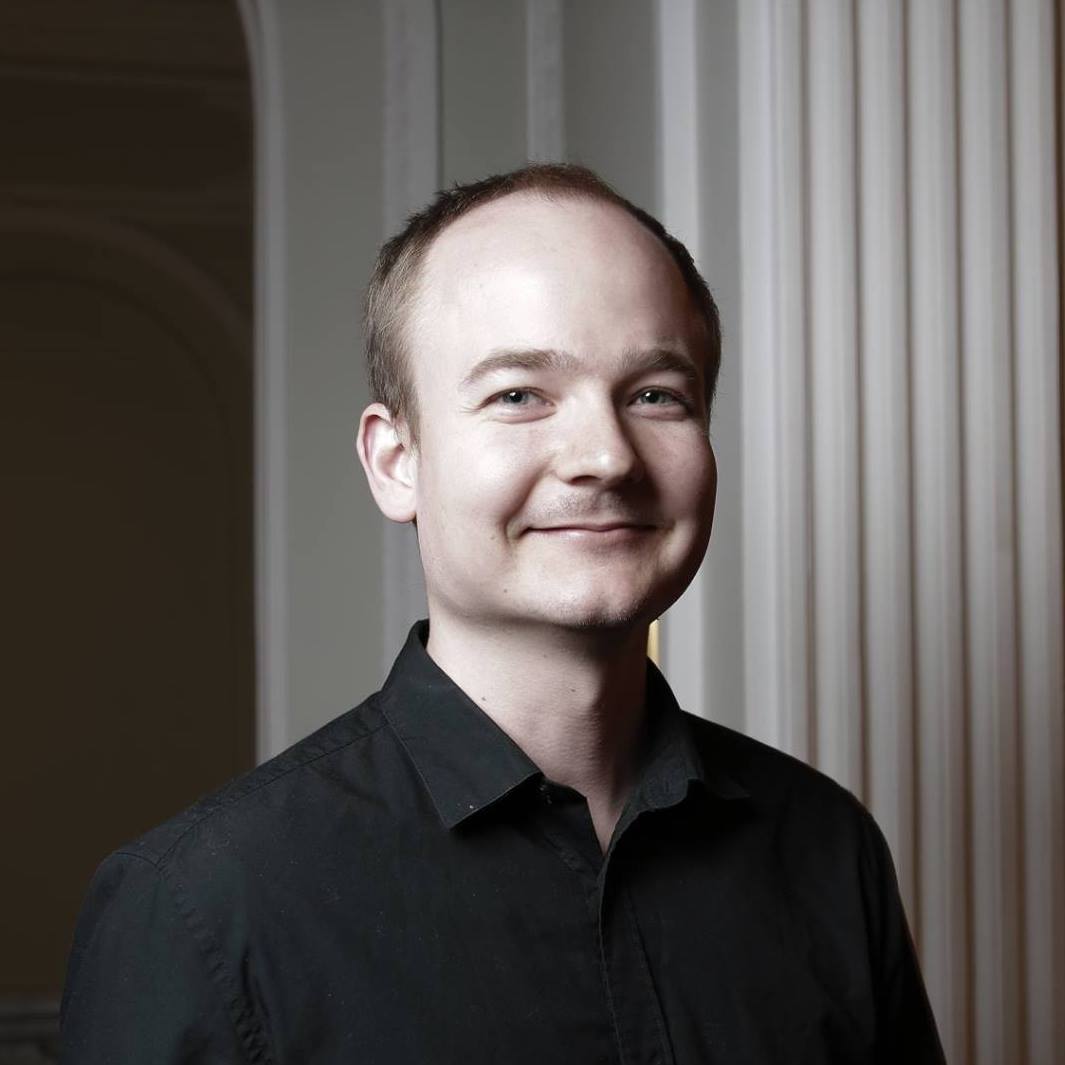
MATIAS JENTOFT
My contribution on this recording was not so much playing with the nuances of my specific instrument, but rather expanding the concept of the instrument’s resonance to encompass the reverberating space of a tomb of a bygone artist. In the Partita by Bach, the crisp sixteen notes of von der Lippes violin are transformed from the clear triad feel of the original piece into an impressionistic painting of sound, while the non-chromatic parts stand out as pure towers of majesty. This is perhaps not what the composer had in mind originally.

